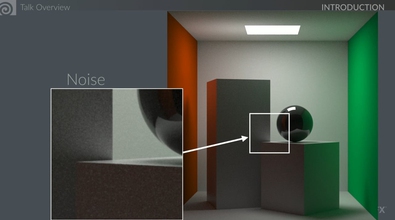Mark Elendt
mark
About Me
専門知識
Developer
Connect
LOCATION
Canada
ウェブサイト
Houdini Engine
Availability
Not Specified
My Badges

SideFX Staff
Since 1月 1990
Recent Forum Posts
COPs, op and Mtlx: How to update textures on size change? 2024年10月2日10:44
I can't seem to reproduce this. If I load the .hip file and change the resolution in the quickmaterial/sizeref1 node, Karma seems to update for me.
Can you post a simple example?
Can you post a simple example?
Mantra Houdini 20.5: Cryptomatte data not readable 2024年9月24日16:17
Just a head's up that this should be fixed in tomorrow's daily build of H20.5
Karma mipmap textures memory usage optimisation 2024年7月23日14:53
In the daily build of H20.5, you should see a recipe (Karma Texture Controls) on the Mtlx Image node that adds the karma specific properties to the node.
This is probably a lot easier than using the edit properties node.
This is probably a lot easier than using the edit properties node.
